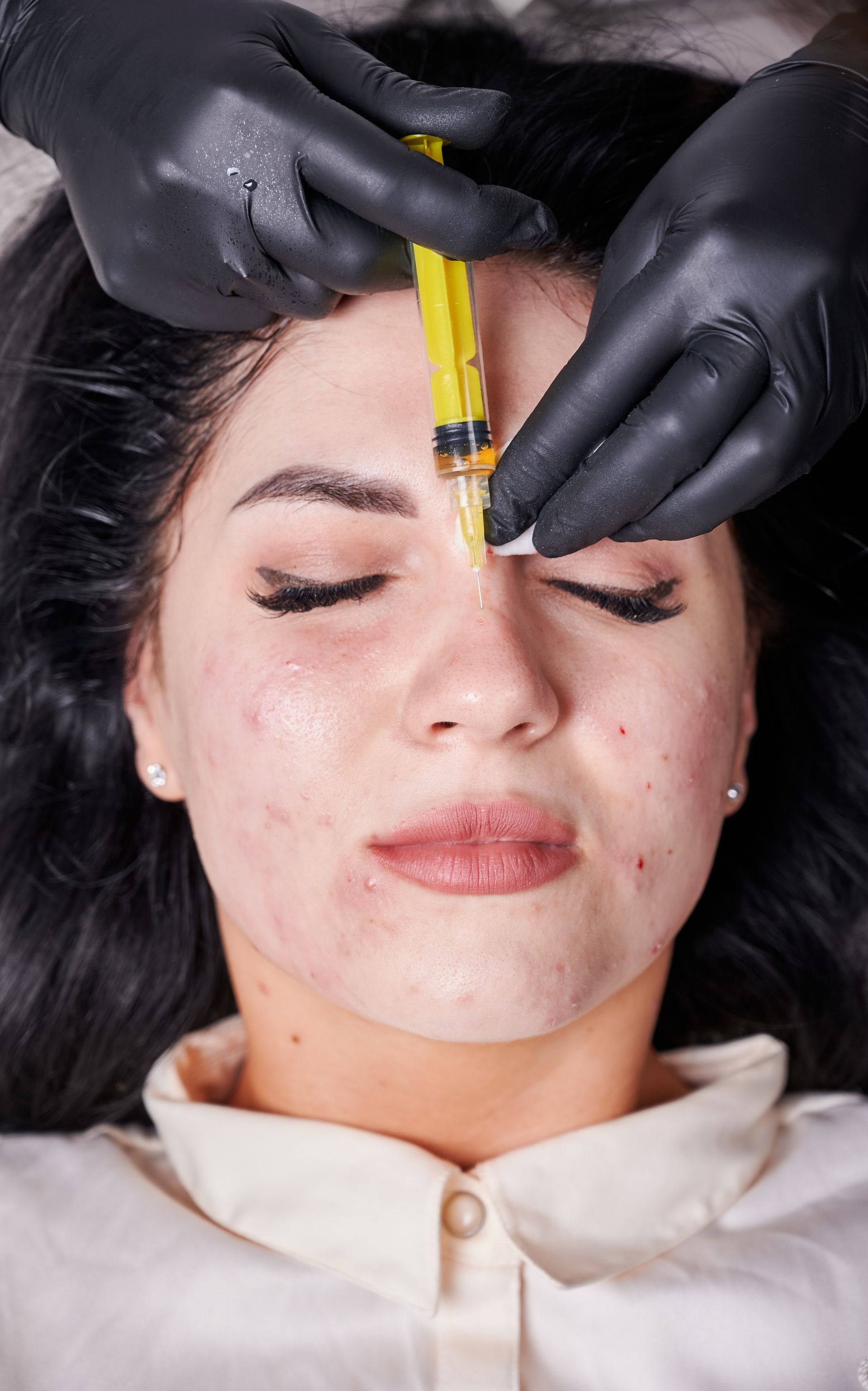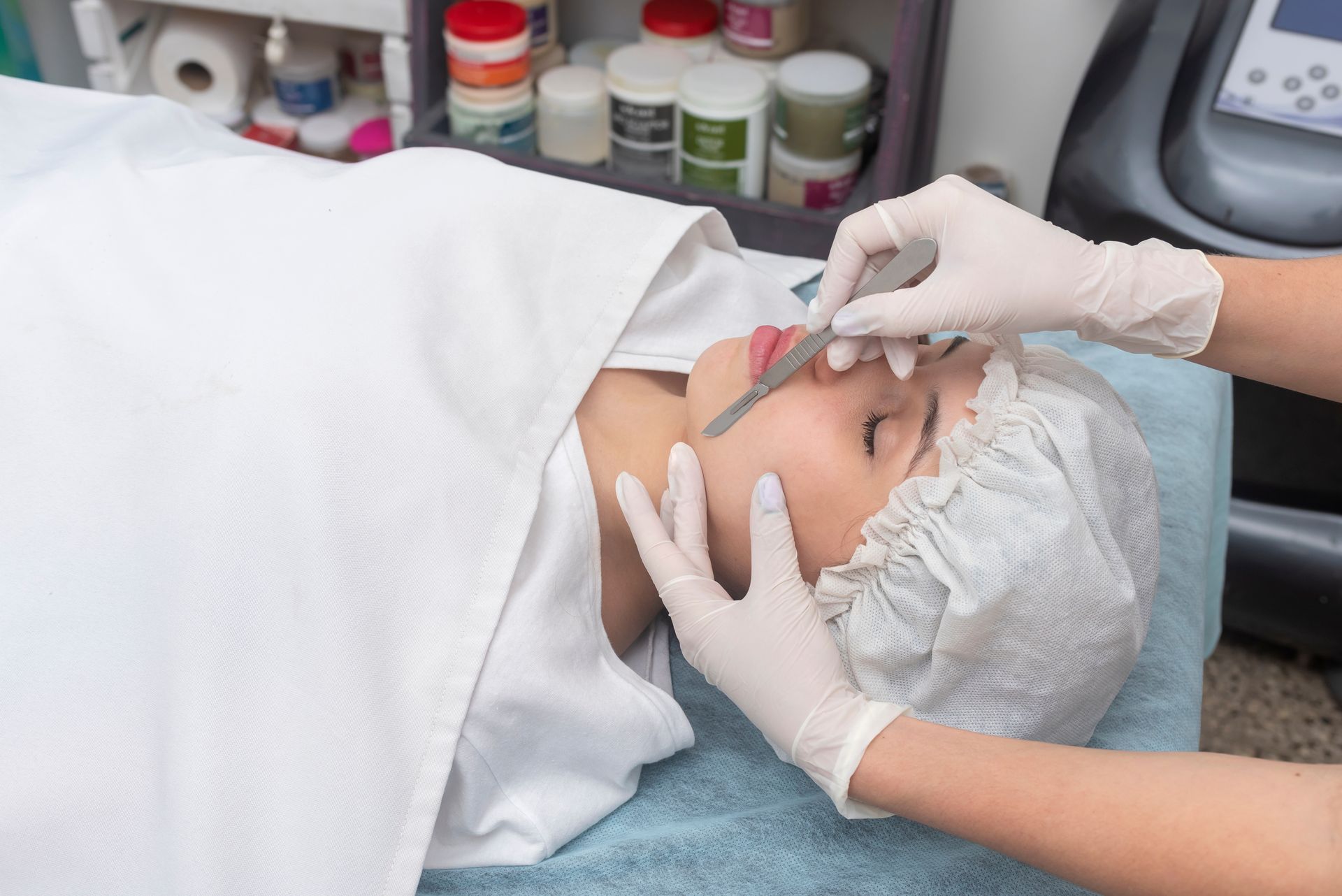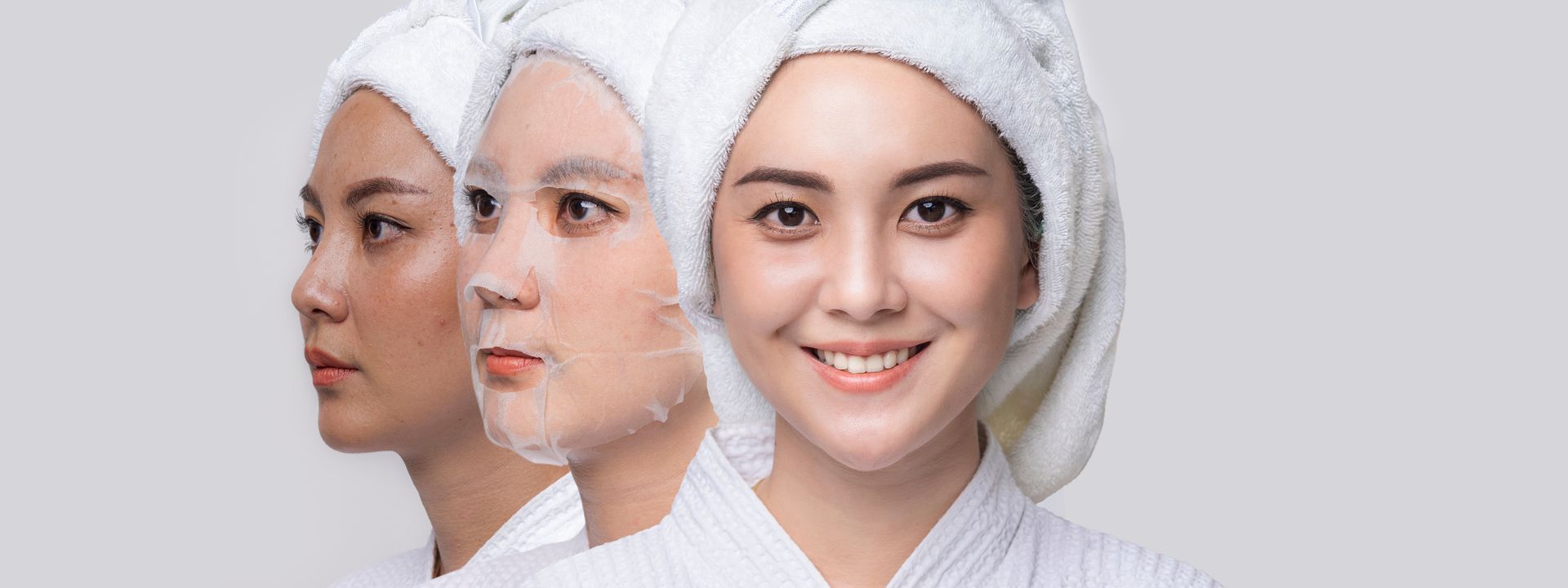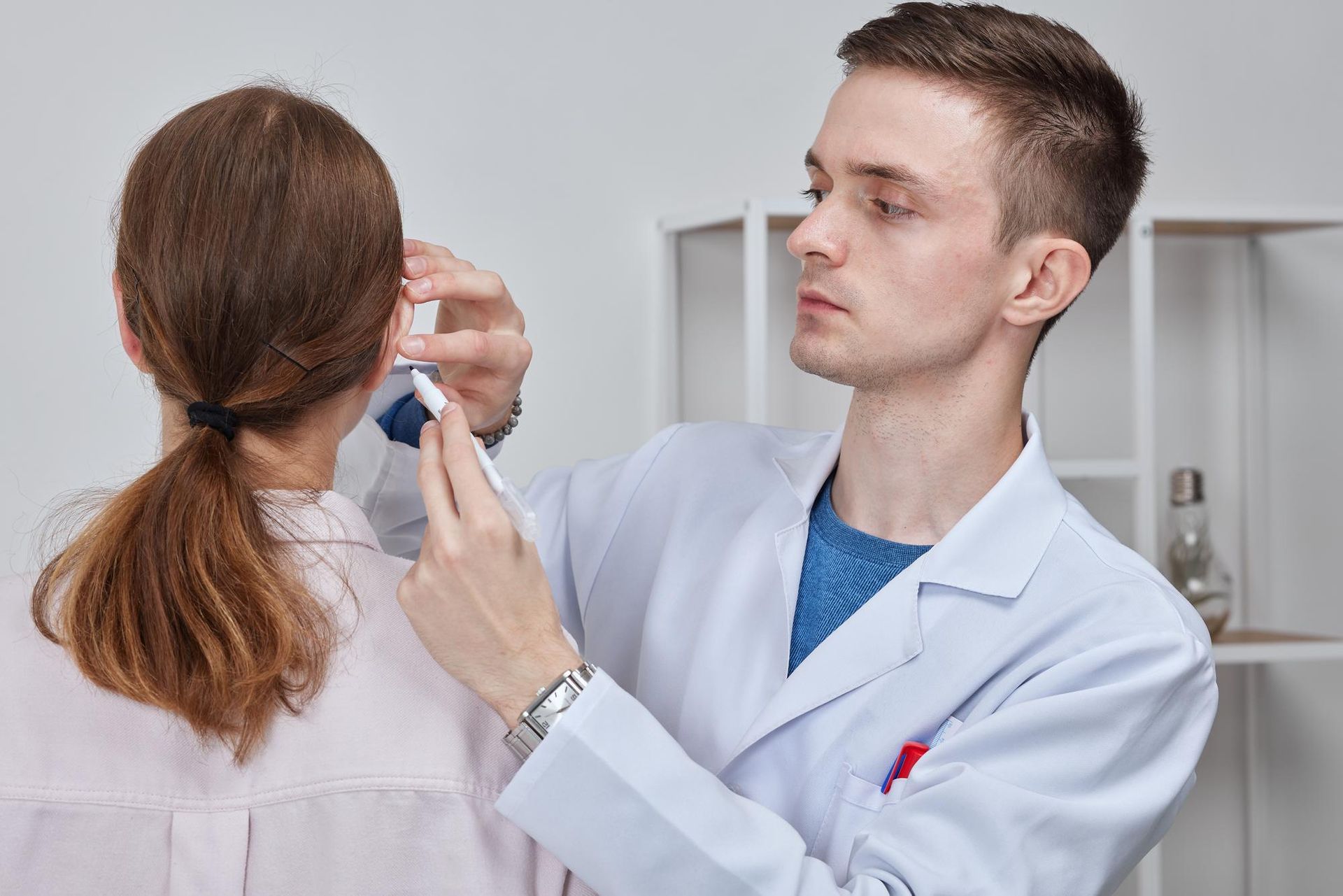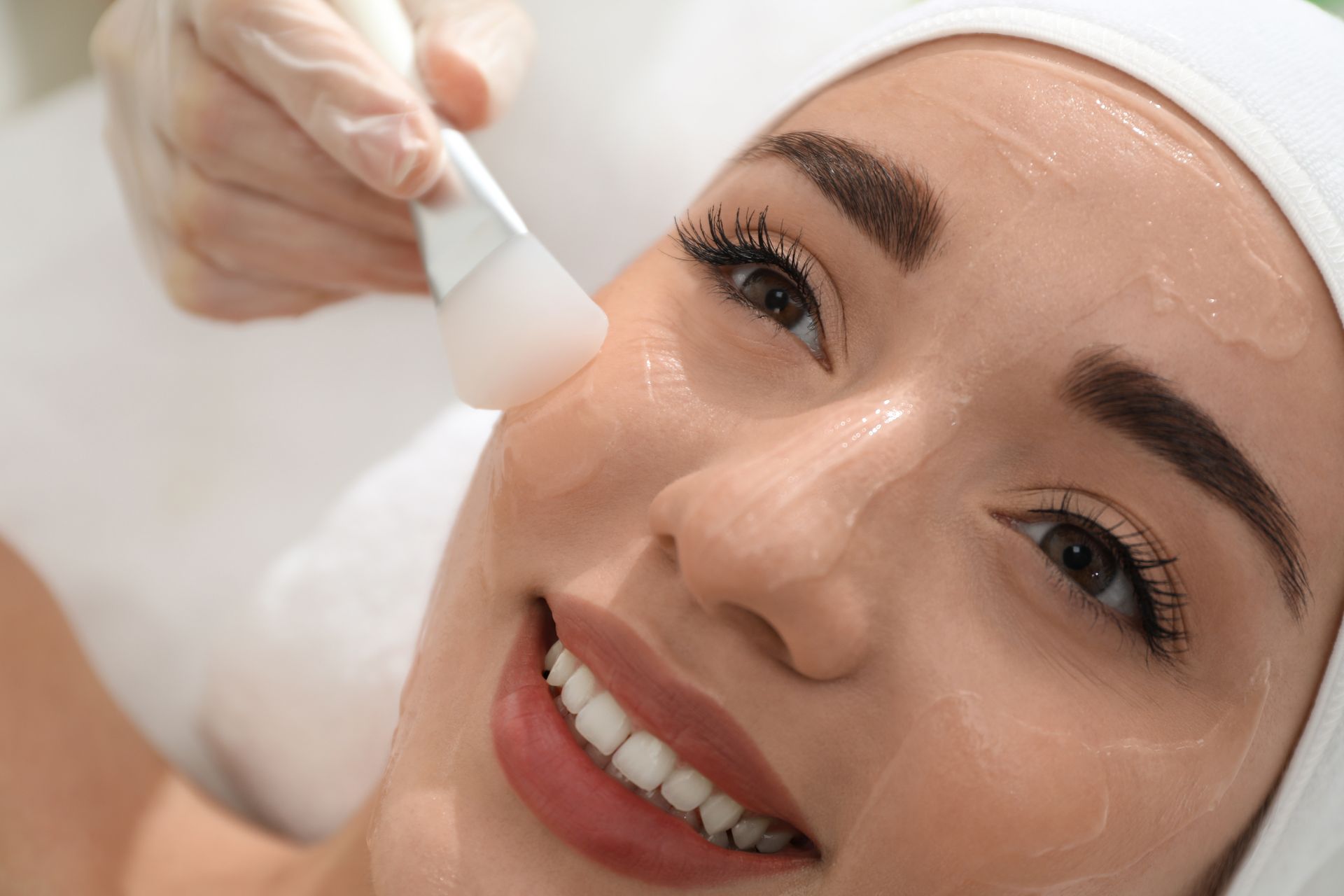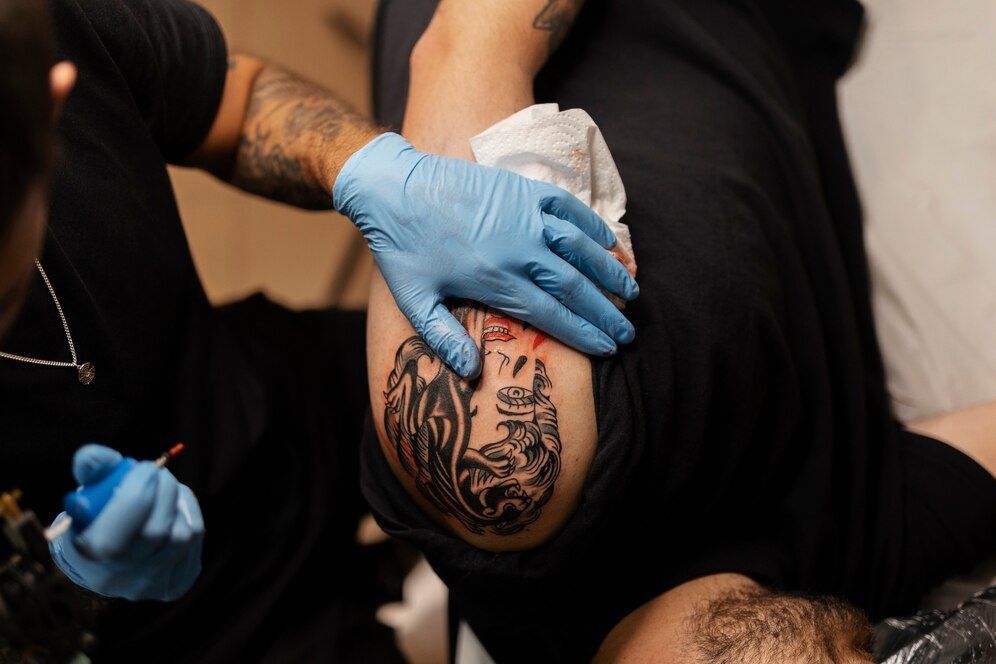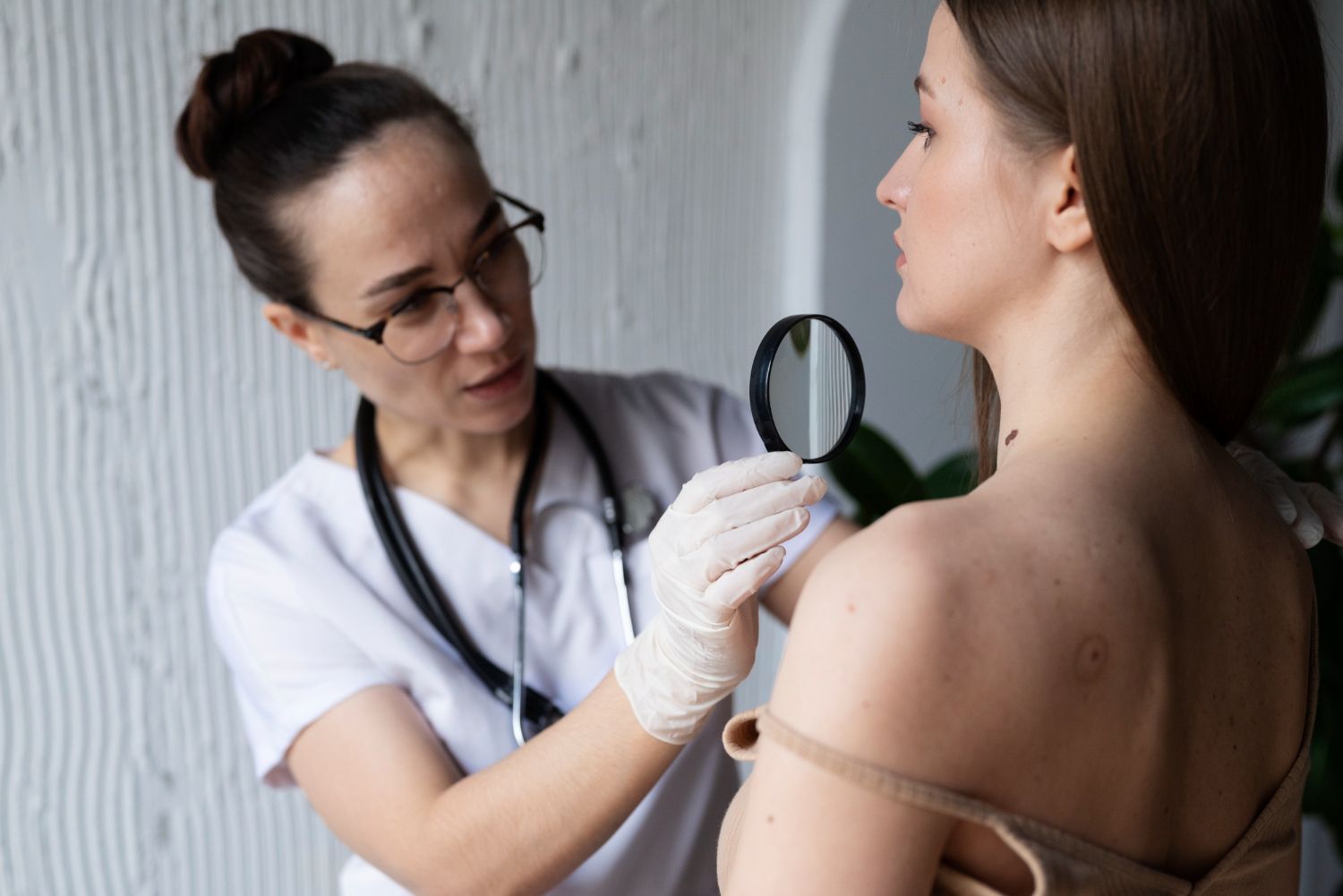How Can I Stop Excessive Sweating? 10 Benefits of miraDry
miraDry® is a life-changing solution for those struggling with excessive underarm sweat and all the ensuing consequences. At Your Derm Dermatology & Esthetics in NW Calgary, AB, we are proud to offer this innovative sweat gland removal technology that’s transforming lives by the thousands.
What Is miraDry?
miraDry is a non-surgical thermal energy treatment to eliminate underarm sweat, odor, and hair glands. The US Food and Drug Administration (FDA) first approved this revolutionary technology in 2011, and hundreds of thousands of people have since reaped the benefits.
How Does miraDry Work?
During treatment, we administer clinically tested, safe thermal electromagnetic energy to the underarms through a proprietary handpiece. The handpiece is designed for maximum comfort and precision results.
With the handpiece, we target the sweat glands responsible for creating unwanted moisture and odor to heat the glands safely while removing them effectively. Removing glands from the underarm prevents them from producing sweat and odor.
Is It Safe to Remove Underarm Sweat Glands?
Many of our clients ask us if it is safe to remove sweat glands under the arm, and the answer is yes.
Perspiration is part of the body’s natural toxin elimination system and a method the body uses to self-regulate its temperature. The body has two to four million sweat glands, and only about 2% of these are found under the arms. Removing such a small portion of the body’s total sweat glands does not have negative consequences—only positive results.
After treatment, the body continues to regulate temperature and eliminate toxins from the remaining sweat glands. With 98% of the total sweat glands left, you’ll still sweat, but in less visibly noticeable areas.
Who Could Use miraDry?
Anyone who experiences excessive sweating knows that it can cause self-consciousness at the worst possible moments. Sweat has a way of appearing in already stressful situations, only adding to the feelings of discomfort.
Axillary Hyperhidrosis
People diagnosed with axillary hyperhidrosis or excessive underarm sweating are excellent candidates for this treatment. You don’t need a diagnosis to benefit from sweat gland removal. This treatment could be suitable for anyone dissatisfied with the amount of underarm sweat they produce or the smell of that sweat.
Unsatisfactory Results from Prescription Antiperspirants
If you have tried prescription antiperspirants without luck and want to avoid the risks associated with surgery, this treatment is the first line of defense against underarm sweat. This technology is the only non-surgical option available for removing sweat glands.
Unhappy With Underarm Sweat
If you don’t want to worry about underarm sweat anymore, this treatment could be right for you. The best way to find out is to schedule a consultation with us. During your consultation, we’ll discuss your concerns and find the best treatment solutions. Contact us today at 403-457-1900 to schedule your complimentary consultation.
What’s the Treatment Process?
Before learning about the process, many of our clients presume that removing sweat glands is complicated. On the contrary, the high-tech sweat gland removal process is fast and straightforward.
Relaxing Environment
During your appointment at our state-of-the-art NW Calgary offices, we’ll escort you into one of our relaxing treatment rooms. We do everything possible to help you relax and feel comfortable before treatment begins.
Questions Clarified
Although we detail the entire process during your consultation, we walk you through the process again before treatment, ensuring that we answer all your questions.
Streamlined Treatment
Once you’ve settled in and feel comfortable, we do some minimal prep work on the area and administer a mild numbing agent. Once the area is sufficiently prepared and numbed, we use the handpiece to target the sweat glands.
Minimal Sensation
During treatment, you might feel some slight suctioning on the skin. The handpiece uses suction to bring the sweat glands to the skin’s surface. By bringing the glands closer to the surface, the miraWave energy pulses can more easily reach the glands to destroy them.
Cooling Effect
Throughout the entire treatment process, the handpiece emits an activated cooling mechanism to soothe and refresh the skin. This cooling mechanism counteracts any warmth produced by the miraWave technology.
Top 10 Benefits of miraDry
Excessive sweating is an issue many of us have but a problem that few of us want to discuss. In the past, there were few options other than antiperspirant to help mitigate the consequences of this condition, and these options are still largely ineffective.
miraDry is the solution for excessive sweating without the use of harsh chemicals. This treatment offers myriad benefits, as detailed below.
1. Decreases Underarm Sweating
Before its release on the market, this treatment underwent rigorous clinical testing to prove its effectiveness. Clinical studies found that the treatment reduces sweat production in the targeted regions by 82% on average.
With such a considerable reduction in sweat production, you’ll see a dramatic improvement in the way you feel and look throughout your day. When excessive sweating is coming between you and your peak performance, this treatment can eliminate self-consciousness along with underarm sweat glands.
2. Eliminates Underarm Odor
Profuse sweating causes more than just moisture under the arms: it also creates unpleasant odors. For many people, the scent of sweat is the top reason to seek sweat gland removal treatment. Strategically planning an outfit can cover shirt staining, but it can’t mask smells.
Removing sweat glands is the only way to get rid of the bothersome sweat-caused scent and moisture. You may not be able to imagine how much this treatment will open up your world, but our clients assure us it does. No longer worrying about body odor helps our clients feel more open to embracing the world around them.
3. Fewer Pit Stains on Clothing
Clothing is a costly investment, and most of us feel uncomfortable when wearing stained clothing. The worst is when a shirt is otherwise pristine but has yellowing under the arms that make it unwearable. A combination of sweating and the ingredients in antiperspirant are responsible for those unsightly stains under the arms of clothing.
You can say goodbye to pit stains after receiving sweat gland removal treatment because you’ll sweat less. You’ll need never again toss out a shirt before its time, and you’ll save money on your wardrobe in the long run.
4. Reduces Need for Antiperspirant and Deodorants
Antiperspirants temporarily prevent the flow of sweat, and deodorants mask the smell. All commercial antiperspirants include deodorizers, and deodorants don’t prevent the accumulation of sweat.
After treatment, you’ll never stand in the drugstore aisle debating ingredients versus scent versus power again because it won’t matter as much. With an average of an 82% reduction in sweat gland production, you might be able to skip the antiperspirant and deodorant aisle altogether.
5. Non-Invasive and Non-Surgical Treatment
We perform this innovative treatment in the comfort of our NW Calgary offices, and it does not require surgery or any invasive techniques. Opting for a non-surgical approach to removing sweat glands means that you avoid all the risks and fuss associated with surgery.
You are free to travel to and from your appointment without help from a loved one or friend, which makes this treatment incredibly discreet.
6. Permanent Results
If you have been using antiperspirant to manage excessive underarm sweat, you know that it requires a lot of upkeep. To prevent sweating, you must reapply the product consistently throughout the day. Sometimes there isn’t a convenient time or place to reapply, which can cause more stress and thus more sweat.
Unlike these temporary sweat solutions, this treatment provides permanent results. We heat sweat glands during treatment to destroy them. Once this destruction process occurs, the glands do not return—they are removed forever. Sweat gland removal eliminates the source of the sweat instead of merely covering it up or inhibiting it with chemicals.
7. One Hour Appointments
One hour is all it takes to prep, numb, and treat burdensome sweat glands. You can find a permanent solution to your pervasive sweat problem in less time than you spend down the average internet rabbit hole.
With an in-and-out treatment and one hour treatment time, you are investing in your future by saving countless hours reapplying antiperspirant, shopping for new clothes, and stressing about a significant event or outing.
8. Immediate Relief
After sweat gland removal treatment, you experience immediate results. After as little as one treatment, you will experience a reduction in sweating and odor caused by the glands. You won’t have to wait for the treatment to work; from the moment you walk out of our office, the relief is present.
9. Little to No Downtime
Most of our clients feel ready to resume daily activities directly following their appointment because this is a non-invasive treatment. Many clients return to work or doing anything else in their daily routines. The process uses local anesthesia, which numbs only the treatment area and will not impair your ability to drive.
10. Approved Safe
This treatment has been used on hundreds of thousands of clients worldwide with great success for reducing underarm sweat. In 2011, this treatment passed the US FDA regulations for aesthetic treatments, and it has enjoyed an excellent safety record ever since.
How Many Treatments Are Needed?
Most of our patients see results after one treatment. Depending on your specific circumstances, we may recommend subsequent treatments to fit your needs best. During your consultation, we will discuss your situation and assess your situation individually. Schedule your free consultation with one of our expert physicians to create your personalized treatment protocol.
Am I a Good Candidate?
We meet with clients of every age and gender who wish to treat excessive underarm sweating. You could be a good candidate for this treatment if any of the benefits above resonate with you.
Many of our clients find that prescription antiperspirant doesn’t work for them, and they don’t want to undergo a surgical procedure to fix the problem. Know that you don’t have to suffer from excessive underarm sweating. At Your Derm Dermatology & Esthetics, we are here to help you find a treatment option that best fits your needs.
The only way we can determine your eligibility for this treatment or find another treatment perfect for you is by meeting you for an in-person consultation. Book your free consultation with Dr. Juhasz or Dr. Shoimer today to find out if miraDry is right for you.
Request a Complimentary Consultation
miraDry has helped thousands of people suffering from underarm sweat and odor make a fresh start in their lives. Contact us today to schedule your free consultation at Your Derm Dermatology & Esthetics in NW Calgary, AB. Our phone number is 403-457-1900. Call us to discover how you can make sweat and underarm odor a thing of the past. We look forward to meeting you.
The post How Can I Stop Excessive Sweating? 10 Benefits of miraDry appeared first on Derm.ca.



